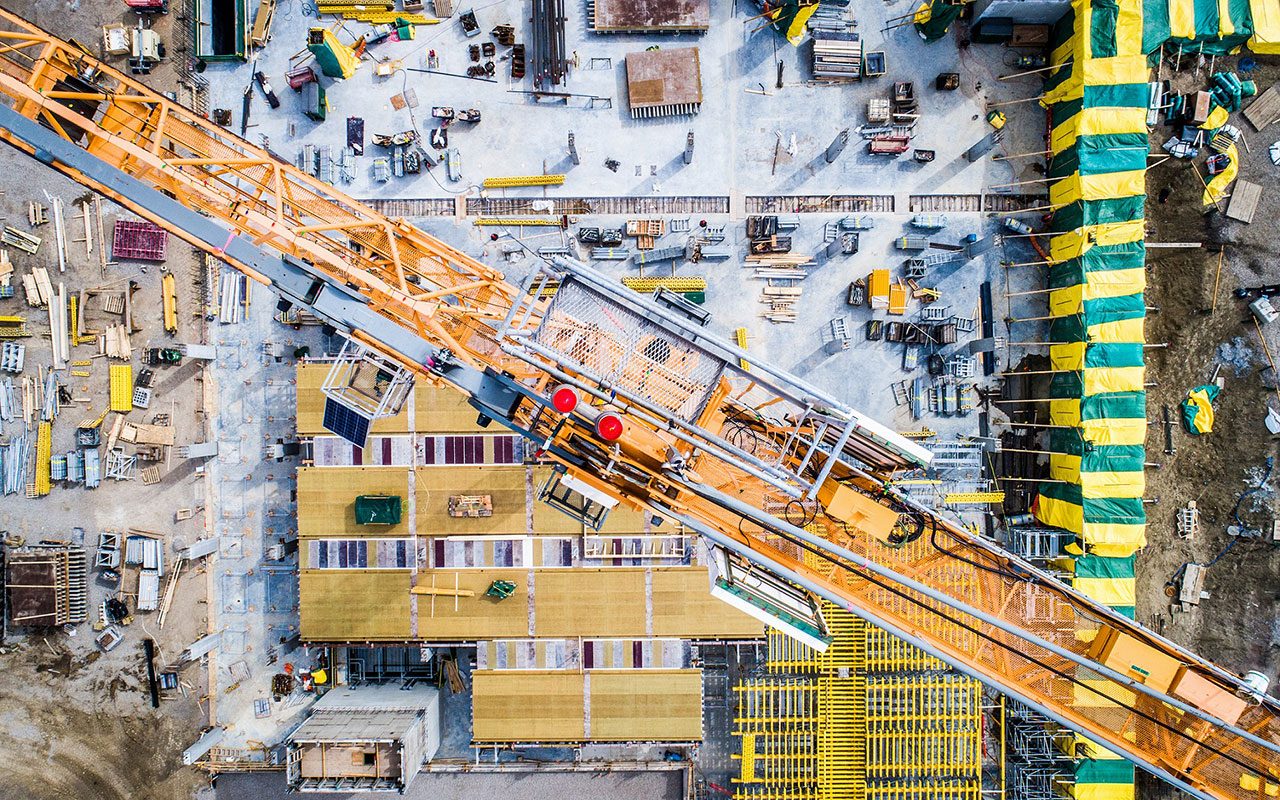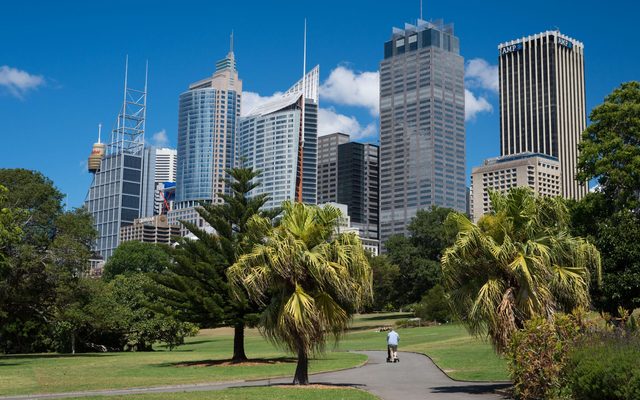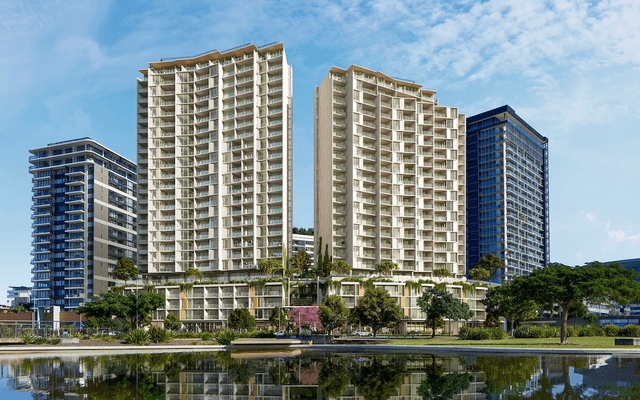This article is from the Australian Property Journal archive
THE Albanese government is working on a decarbonisation plan for the built environment, which accounts for one-fifth of all our emissions and 40% of landfill waste.
Minister for Climate Change and Energy Chris Bowen said the government will work to reach Net Zero by 2050.
According to the UNSW’s Race to Net Zero Carbon: A Climate Emergency Guide for New and Existing Buildings in Australia latest guide which details critical information about materials and construction best practices to help architects, engineers and planners transform the building industry towards net zero carbon buildings, the world’s built environment is responsible for 37% of global energy-related greenhouse gas emissions.
In Australia, it is responsible for one-fifth of all our emissions.
A Deakin University study also architecture, engineering and construction employed 1.2 million people in Australia – contributing 9% to the GDP, however it produces a staggering 40% of landfill waste.
Property industry bodies have lined up to welcome the announcement.
The Property Council of Australia chief executive Mike Zorbas said Australia must decarbonise the built environment to reach its net zero goals.
“The Australian property sector is at the forefront of global sustainability efforts. We are well positioned to support Australia’s net zero goals as long as the signposts are clear.
“Buildings account for 50% of Australia’s electricity use and 23% of all emissions through their operations,”
Zorbas said the technology already exists today to decarbonise buildings.
“We must do this as a priority and at scale. The shift to low carbon and resilient buildings needs a clear plan and steady trajectory that encourages market confidence.
“We look forward to working with Ministers Bowen, Husic and McAllister to provide certainty to industry and benefits to communities,” he added.
The Australian Institute of Architects national president Stuart Tanner said the announcement by Minister Chris Bowen was a significant step towards a sustainable future.
“Buildings are a major contributor to global energy emissions, but they can also be a major part of the solution to combat climate change.
“Decarbonising the construction and operations of our built environment should be a key priority of Australian society, so we are pleased the government has taken this step with a sector-specific plan,” Tanner said.
The World Green Building Council reports that buildings are responsible for about 39% of global energy emissions. This includes 28% from operational emissions and 11% from materials and construction.
The Institute has previously called for policy frameworks – such as within the National Construction Code – to achieve greater energy and resource efficiency and to facilitate innovation in design and procurement.
Further, the Institute has called for incentives for owners and occupants to alter, retrofit and rebuild the current building stock to achieve more sustainable outcomes. This includes phasing out gas use in homes and down-sizing houses.
A survey of members last year found three out of four respondents (72%) said transitioning to a net-zero emissions future was “absolutely critical”.
Tanner said the architecture profession was well placed to oversee the transition to a net zero built environment sector.
“We must act now to ensure a sustainable future for our built environment,” he concluded.




